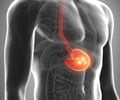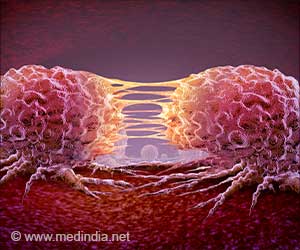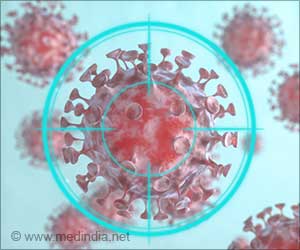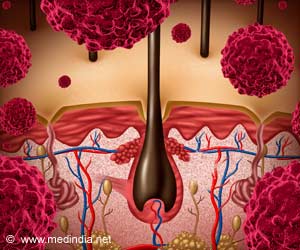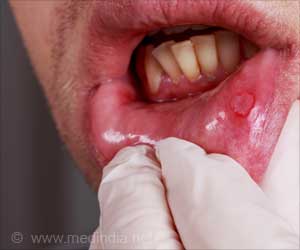In patients with early gastric cancer (EGC), air and tap water were used as oral agents to achieve enough gastric enlargement for computed tomography (CT) imaging. After the introduction of multi-detector row CT and the use of multiplanar reconstruction (MPR) images, the detection rate of early gastric cancer on hydrostomach CT is still unsatisfactory.
A research article published on February 28, 2011 in the
World Journal of Gastroenterology addresses this question. The authors conducted a comparison study for the detection of EGC on hydro-stomach CT between blinded analysis and unblinded analysis with regard to gastroscopic and surgical-histological findings to see whether the detection rate of EGC on unblinded analysis can be improved as compared to that of blinded analysis. The researchers further aimed to assess factors affecting visibility of cancer foci on hydro-stomach CT imaging.
The study showed that hydro-stomach CT imaging was not a reliable tool for the detection of EGC. The poor diagnostic performance of hydro-stomach CT to detect EGC was not significantly different between blinded and unblinded analysis. The size and depth of invasion of an EGC were two independent factors for visibility.
Source-Eurekalert




